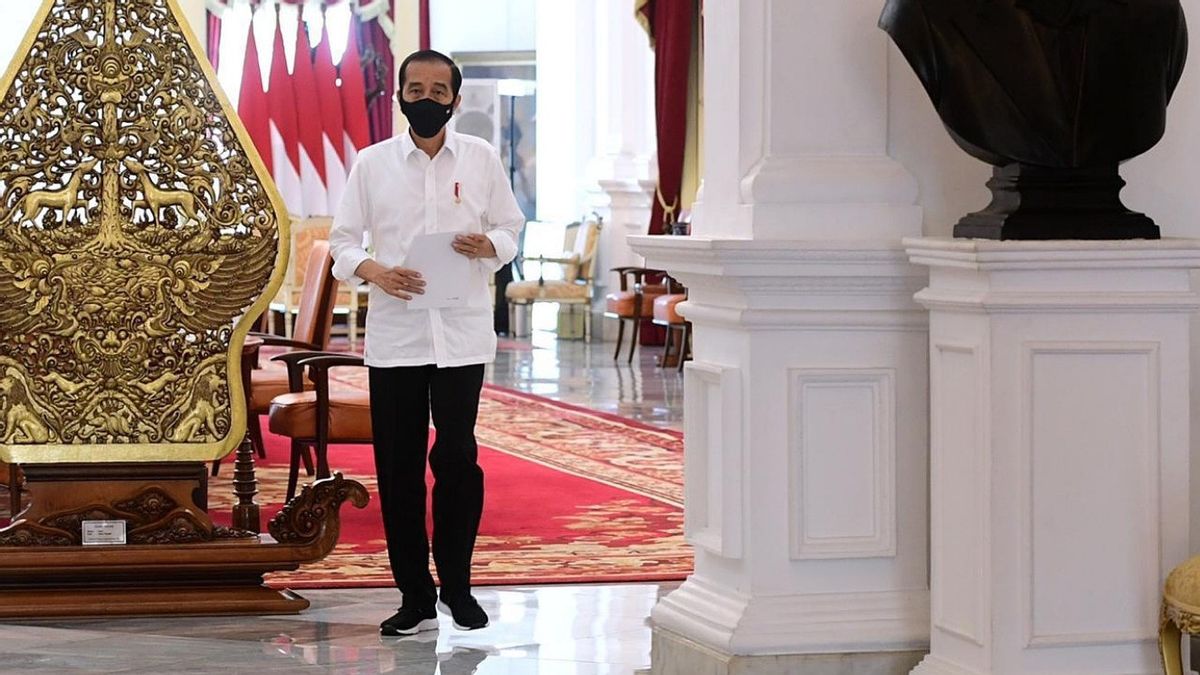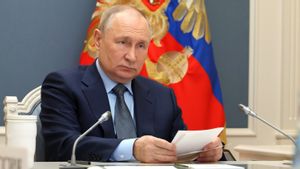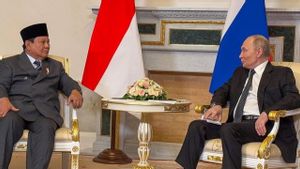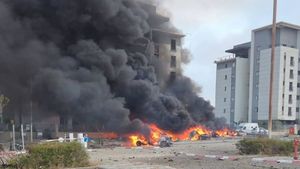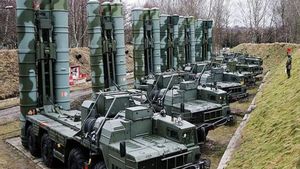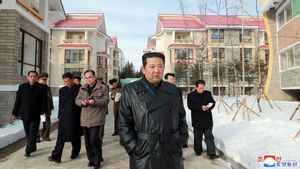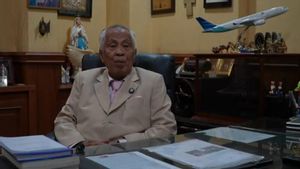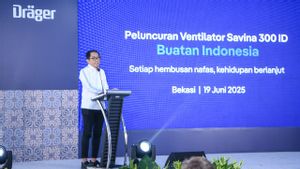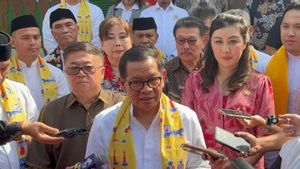JAKARTA - The COVID-19 pandemic has temporarily postponed several infrastructure developments. One of them is the development of the National Capital City (IKN). However, other infrastructure development continues in order to realize connectivity between regions and other regions.
President Joko Widodo (Jokowi) said that the availability of infrastructure will accelerate economic expansion. In fact, Indonesia's infrastructure stock to GDP has increased dramatically.
In 2015, the value of Indonesia's infrastructure stock was 35 percent. In a period of four years, it rose 8 percent to 43 percent.
"This figure will continue to be encouraged to catch up with the global standard of at least 70 percent," the Government said in the 2020 Annual Report, as quoted from the KSP website , Tuesday, October 20.
Although infrastructure investment is still far behind, the government continues to accelerate the availability of connectivity infrastructure. This is to reduce logistics costs and make it easier for people to get to basic social facilities. In fact, the areas that were once separated have now been connected.
"The ranking for our infrastructure connectivity is improving. The remaining homework is now left to reduce logistics costs. Indonesia's current logistics costs are still 23.5 percent of GDP," he said.
The government claims that the figure is still the highest among Southeast Asian countries. Infrastructure connectivity can cut logistics costs.
Air Bridge and Sea Highway are not isolated areas
Indonesia's territory with a number of more than 17,000 islands makes many areas difficult to access. As a result, outermost, isolated, and underdeveloped areas require expensive costs for the traffic of people and goods.
"The government continues to strive for easy access by building air bridges. This effort will reduce the gap or disparity in the price of goods so that the economy will gradually grow," he said.
In fact, due to the construction of this air bridge, there was a 44.85 percent reduction in prices for an average of 5 basic commodities.
Not only building air bridges, in the second term of his leadership, Jokowi also continued to improve sea accommodation. The backbone- class marine highway program has also been worked on since 2015.
This sea highway can be used by large-capacity ships to reduce the disparity in the price of goods between Java Island and the outermost, isolated and underdeveloped areas. Sea toll cargo from year to year has also increased.
As for the details, 2016 amounted to 81,404 tons. Then it increased in 2017 to 233,139 tons. In 2018 it increased again, namely 239,875 tonnes and in 2019 the figure reached 245,378 tonnes.
Not only is the cargo capacity increasing, Jokowi-Ma'ruf has also added sea toll routes. In 2016 there were only 6 routes. However, the number has increased in 2017 to 13 routes.
However, the Government is not satisfied enough. The route was added in 2018 to 18. Then, in 2019 the government succeeded in increasing it to 20 routes.
The English, Chinese, Japanese, Arabic, and French versions are automatically generated by the AI. So there may still be inaccuracies in translating, please always see Indonesian as our main language. (system supported by DigitalSiber.id)
